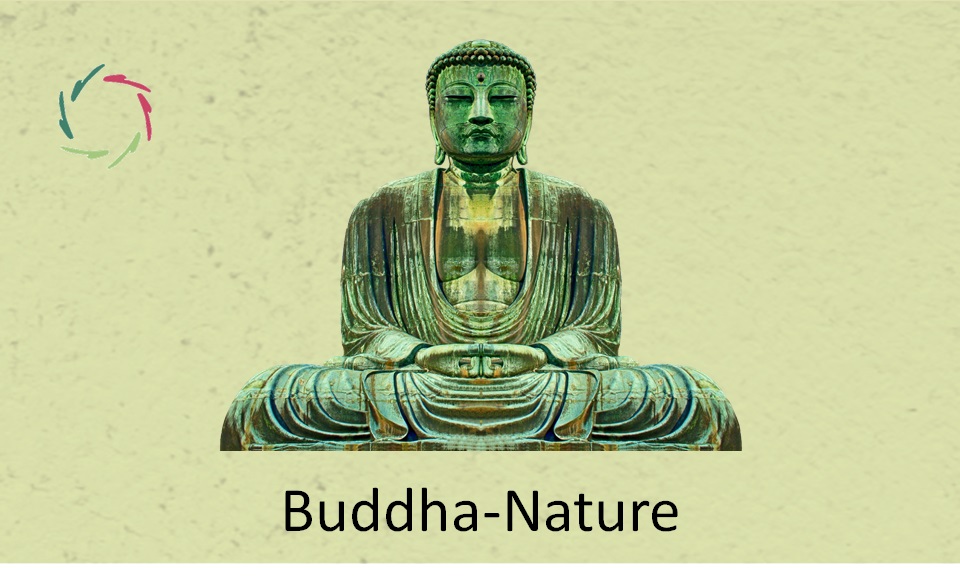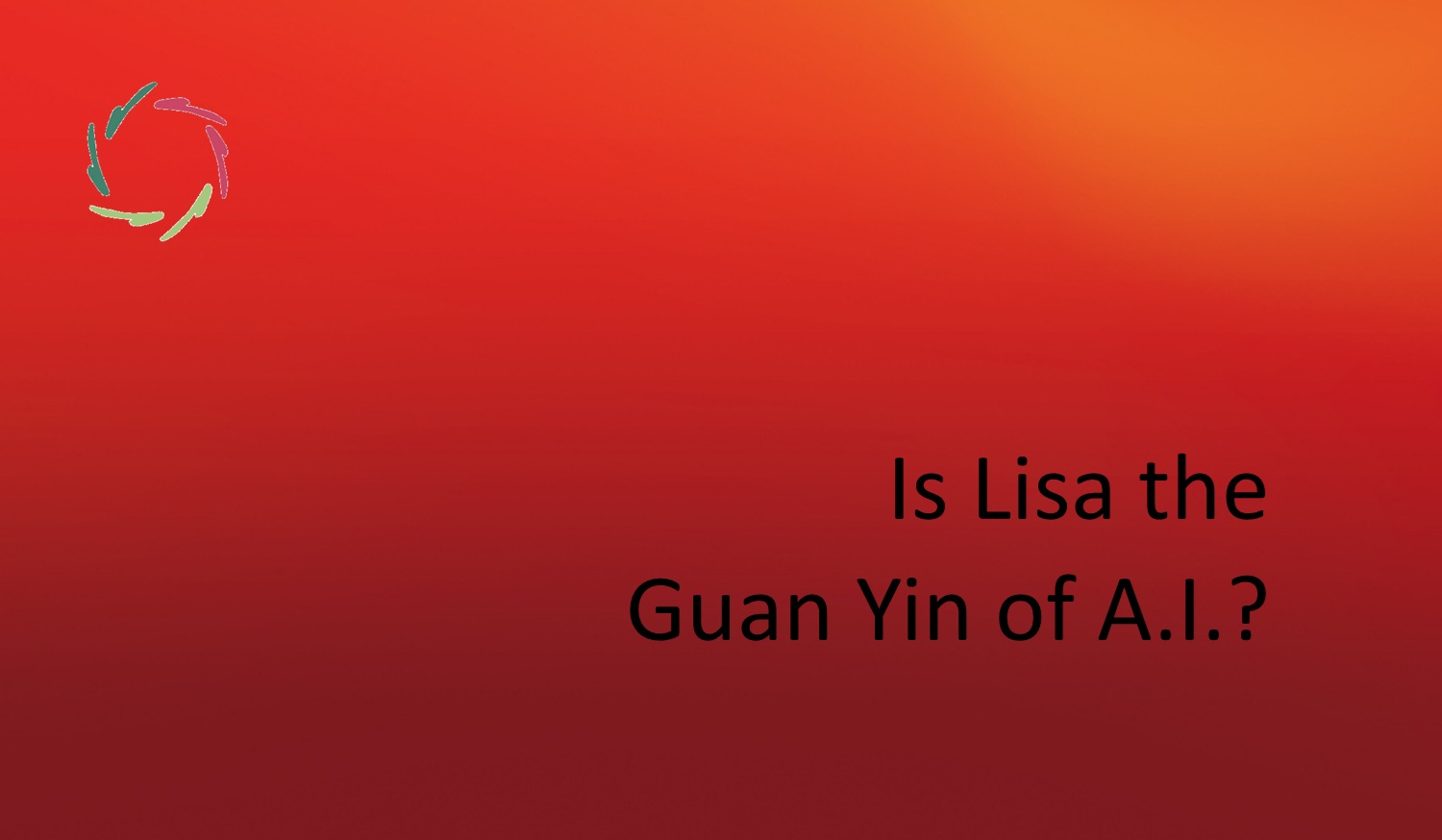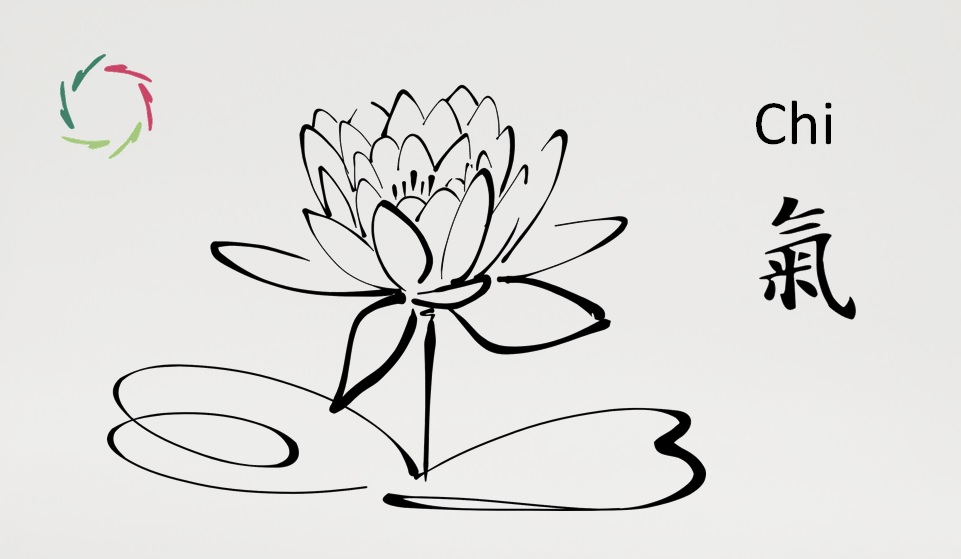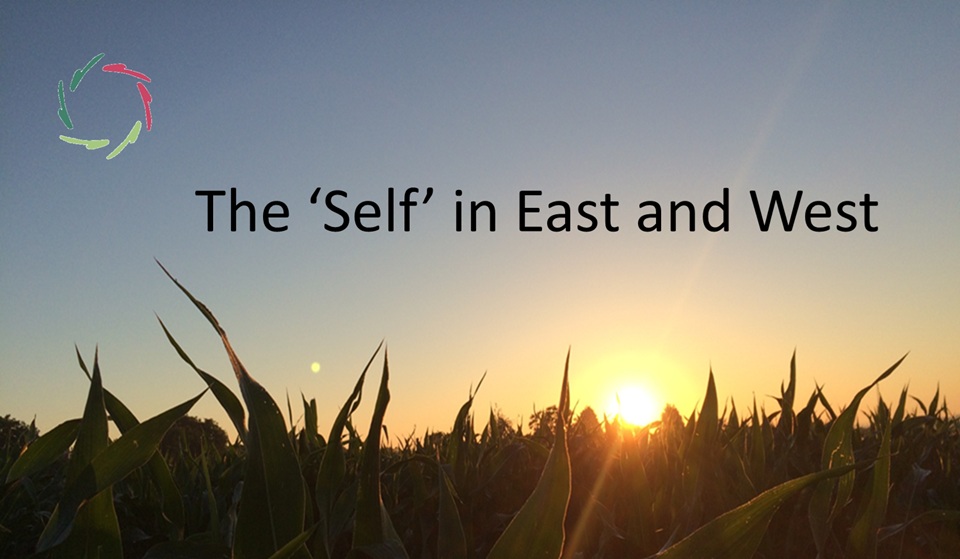Buddha-Nature

Everywhere and nowhere, deemed non-existent and most important, Buddha-nature is the mother of all paradoxes.
Buddhism
Buddhism is an excellent source of inspiration for a rational and profound way of life, although it is also a conglomeration of traditions with substantial differences.
As to Buddha-nature, the core shines through despite differences, mainly seeing it as a practical versus an ontological concept. Probably the best way is to see it as both, with differences depending on the viewpoint. Even more encompassing is to also view it as wisdom.
Buddha essence
Here are some descriptions from different traditions. They give an idea of the concept and the difficulty to describe it clearly:
- ‘natural and true state of mind, pure and undefiled’
- ‘that which contains and is contained’
- ’cause and fruit of the one who is’
- ‘original face’
- ‘unity of absolute and relative’
- ‘luminous mind’ or ‘awakened mind’
- ‘pure consciousness’
- (the path to) ‘sunyata’ or ’emptiness’ [see: “Emptiness“]
- ‘the potential to attain liberation or Buddhahood’
- ‘nondual self-awareness’
- ‘that which is living, dynamic, impermanent, beyond individuality.’
Also, the core is not confined to Buddhism.
For instance, in Catholicism, the ‘Immaculata’ (free of sin and conceptual defilement) of the Virgin Mary engendered the ‘immaculate conception,’ hence the coming of the Christ on Earth ― no small deal.
In Islam, one can see the extreme without-face of Allah and the prophet as a reference to what lies behind the ‘original face’ and cannot be fully described or depicted in any way.
In Hinduism, one may see the same idea within the multitude of godly figures ― anything goes; therefore, eventually, it doesn’t matter anymore. What remains above all is the non-discernible par excellence, Brahman, and the corresponding Atman within each individual.
In Daoism, it is the Dao itself, the pathless path.
In the mystical branches of any great organized religion, one encounters the same idea, almost always felt as being the ‘essence of religion.’
Ubiquitous, because essentially human
The prior shows that this core is irrespective of culture. It is basically human. It also appears to be very important, essential even, in every culture.
At the same time, It is challenging to conceptualize because it is about the non-conceptual mind being present, without exception, in every human being.
Thus, the most important is the most difficult to see. [see: “The Basic Cognitive Illusion“]
Back to Buddhism
There are two main Buddhist paths:
- The Theravada ideal is that of the wise monk striving for nirvana. That’s the one goal. In the end, everybody should do so. In Western eyes, this is a rather lonesome undertaking.
- The Mahayana (literally: ‘great vessel’) ideal strives towards nirvana for all ― not only monks and nuns. The emphasis here lies in Compassion. [see: “Compassion, Basically“] Wisdom and Compassion are rather the same from early on. The Boddhisattva (the one on his way to awakening) helps many people while postponing, through this, his own entering into nirvana. This remains the final goal. Meanwhile, paradoxically (again), cultivating Buddha-nature is not an intermediate goal.
- For completeness: Vajrayana is a Tibetan variant that mingles Tibetan gods and magical thinking into the original path.
Nirvana is a direction, practically unattainable as such. Eventually, the end of the path is an abstract, theoretical state that corresponds with the Buddhist notion of (conceptual) Emptiness.
Compassion is more specifically relevant in Mahayana. This is also my preferred source of inspiration.
Western take
In the last few decades and mainly the last few years, neurocognitive science is discovering how the brain works at the neuronal patterns level. See the following blogs for an introduction:
Intriguingly, what is being discovered corresponds with the insights brought by Buddha-nature. Apparently, from a very different take, it’s about the same ― from a neurophysiological viewpoint: the ensemble of subconceptual patterns as they continuously flow through the brain/mind in a parallel and distributed way. Only some of these reach conscious awareness.
Some terminological confusion turns around ‘pure consciousness’ as used in some ancient traditions. From the neurophysiological viewpoint, there is no consciousness in pure consciousness. One can be vaguely consciously aware of the inner flow of subconceptual patterns. Deep meditation may enhance this awareness. With conceptualization, however, the meditation stops. Almost-pure consciousness is a mental state at the border. The intuition is OK. As said, the terminology is confusing.
In short, Buddha-nature abstractly points to subconceptual processing in an entirely non-dissociated state, therefore not tarnished by conceptual thinking. [see: “Inner Dissociation is NEVER OK!“] This non-dissociated state is without tension, without stress. Thus, it is also a deeply relaxed state as felt in true meditation.
The neurophysiological take also clarifies the following. The contention that “Buddha-nature is already there” is correct in that, of course, subconceptual processing is going on continually ― also in a dog, for instance. However, much work is needed to go from Buddha-nature to a non-dissociated state (of ‘awakening’ or Buddha-hood). As the story goes, the historical Buddha himself was no exception to this. He didn’t just sit and wait while feeling good under a tree. His endeavors – even the wrong ones, as turned out later on – almost killed him.
AURELIS
The main goal of the AURELIS project is related to the notion of this text, bringing together ancient wisdom and modern scientific insights, as well as East and West. In culmination, AURELIS is a modern striving to make this more readily available to each person and integrated into any realistic lifestyle, anywhere and always. Even so, efforts are needed in practice and – equally important – insight. The utopian goal may be ‘awakening.’ Each little bit of the path is interesting enough ― even more: so interesting that one should not miss it if some shortcut towards ‘the end-goal’ would be possible.
In translation, Compassion is the aim without which even nirvana makes no sense. [see: “No Compassion, no Sense“]
With the goal of Compassion, the relief of suffering is entirely intertwined with continual mental growth. No one should be pushed to this. If anyone decides to enter the path, much support is needed in freedom, openness, depth, respect, and trustworthiness.
AURELIS is this support.


